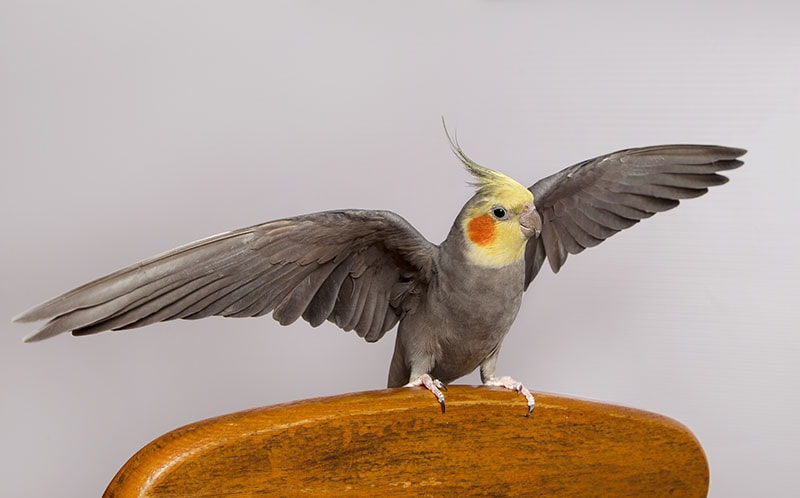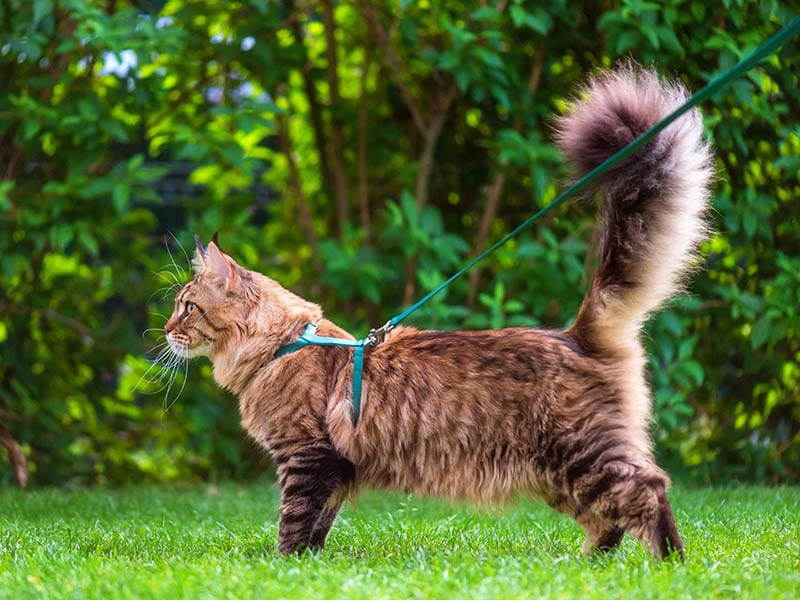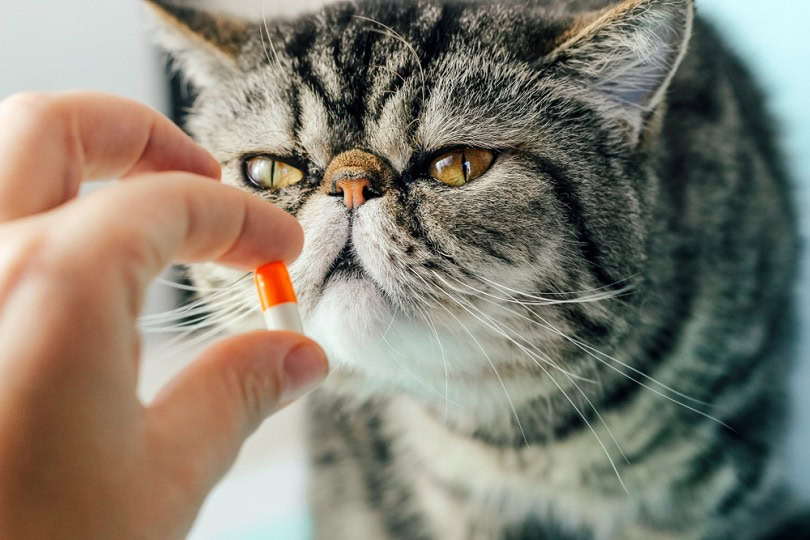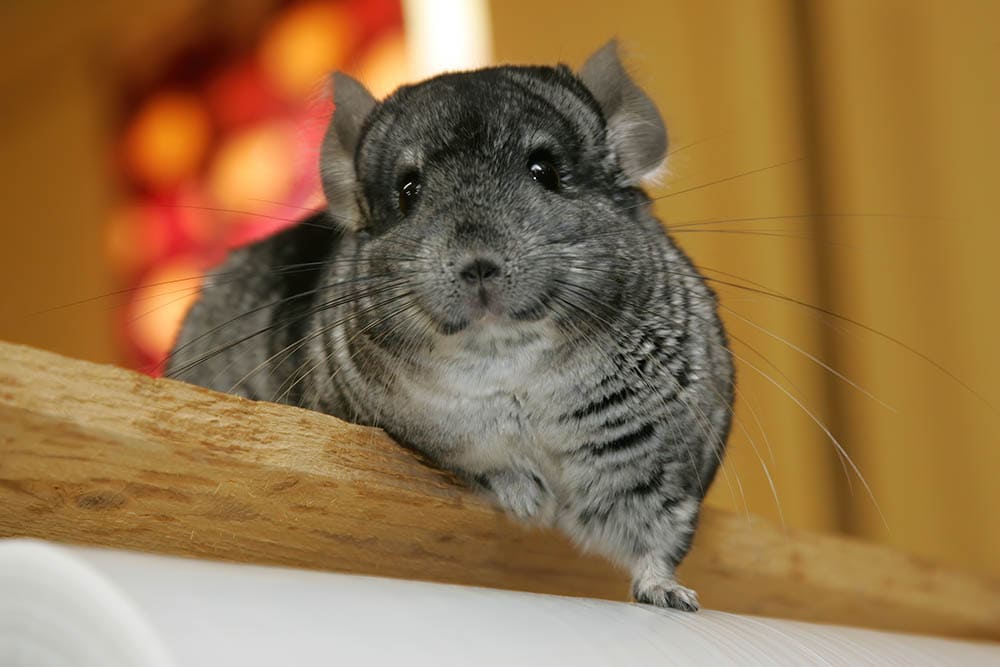VET APPROVED

The information is current and up-to-date in accordance with the latest veterinarian research.
Learn more »Birds are one of the more common exotic pets, and some live full lives nearly as long as a human’s. They have their quirks and unique needs that make caring for them much different than caring for a cat or dog. A common piece of bird advice you’ll hear is to avoid petting their wings. Why is that? There are several compelling reasons to follow this valuable tip, and we’ve detailed all of them below.

The 4 Reasons to Not Pet a Bird’s Wings
1. It Could Damage the Wings
A bird’s wings are delicately constructed by nature to stay clean, from how your bird preens to the unseen natural oils. The oils help keep the feathers waterproof and protect against infection, and your touch can rub the oils off. Birds are also very particular about their wings; if they notice a missing feather on one wing, they sometimes instinctively remove the same feather on the other wing. It is, therefore, best to leave their wings alone.
Handling your bird’s wings less will also minimize the likelihood of getting broken, as a broken wing can be extremely painful and even fatal for our avian buddies without intensive care. Always look out for signs that your bird is experiencing pain when you pet them, as it could signal that their feathers or wings are damaged.
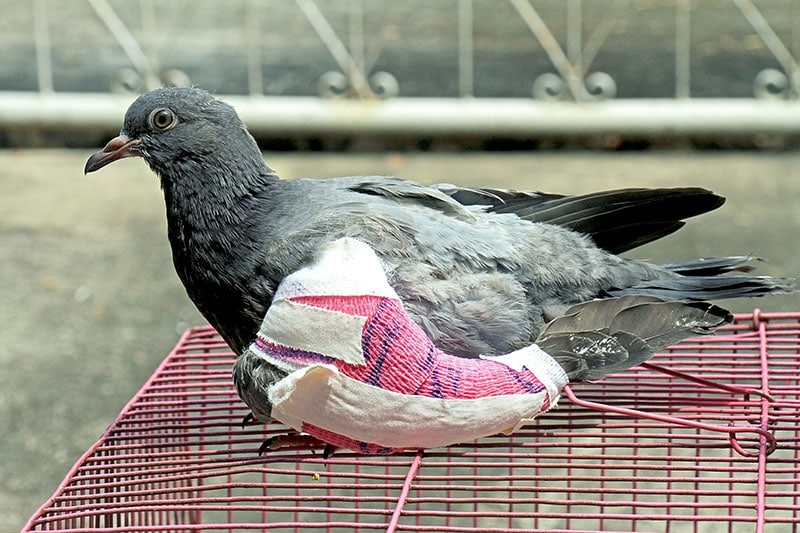
2. It Causes Harmful Stress
Birds are very susceptible to stressing out over specific changes in their environment, and that stress can have detrimental effects. A stressed bird can exhibit aggressive behavior, pace or tap their feet, obsessively preen their feathers, and even mutilate themselves down to the bone. Keeping your bird comfortable at all times, including avoiding touching their wings, is essential to a happy, stress-free bird.
3. It Can Trigger Hormonal Behavior
A bird’s sexual organs are located underneath the back of their wings, and touching the wings can trigger their sexual hormones to release and cause mating behavior. Signs of this happening include your bird offering regurgitated food to you and possessiveness, but every species seems to have its own mating quirks. We suggest you avoid all this by simply not petting your bird’s wings in the first place.
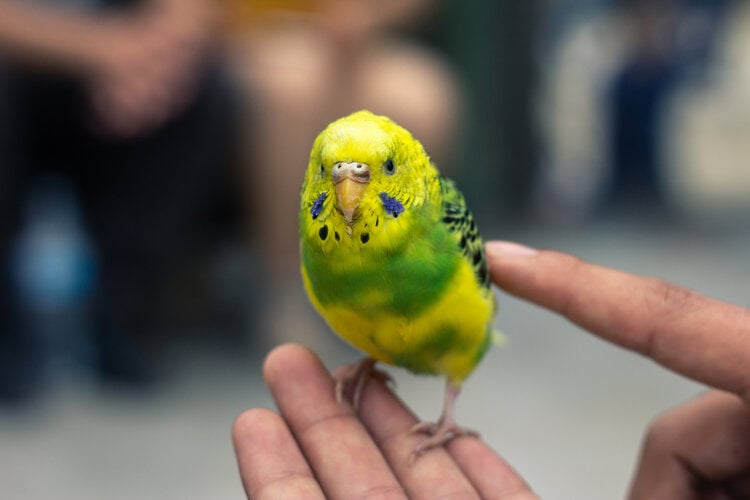
 Top 4 Tips for Safely Handling Your Bird
Top 4 Tips for Safely Handling Your Bird
The wings might be a no-go zone, but there are plenty of safe ways to pet and love your bird. Safe, proper handling helps keep their delicate body safe while minimizing any risks to you as well. To help you hold and pet your avian amigo, let’s look at some useful tips below.
1. Never squeeze or shake your bird
Like babies, birds’ bodies are easily damaged, so you should use light pressure when picking them up, moving them, or touching them.
2. Only touch certain areas
Around your bird’s head, feet, and beak are the safest places, while you should avoid the wings, tail feathers, and down their back.
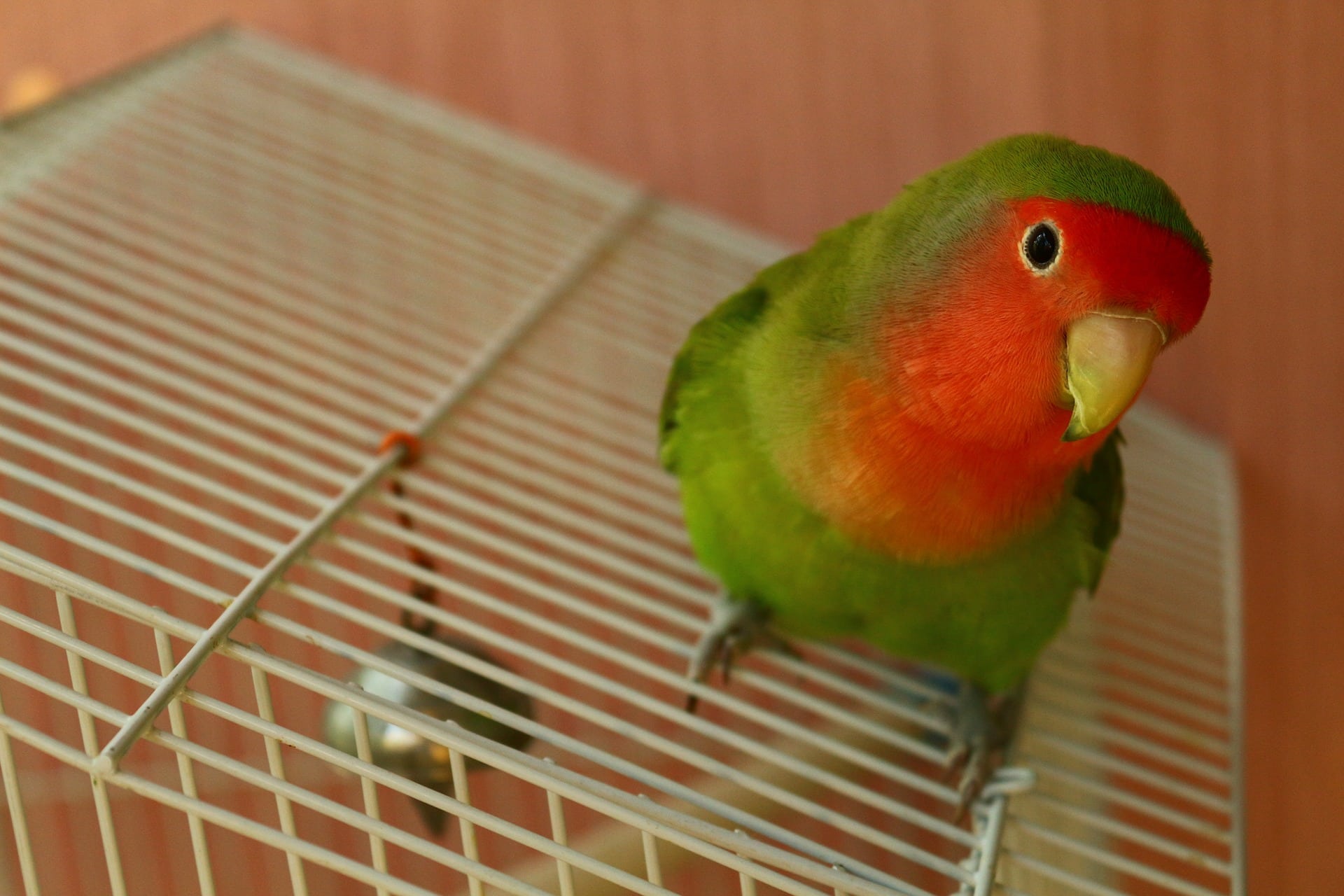
3. Provide plenty of recreation
Not all birds are cuddly or like being handled often, so you can help them feel comfortable by installing perches and toys to keep them occupied.
4. Take it at their pace
Every bird has a different tolerance for being handled by people, so always start slowly when petting or handling them to avoid freaking them out.
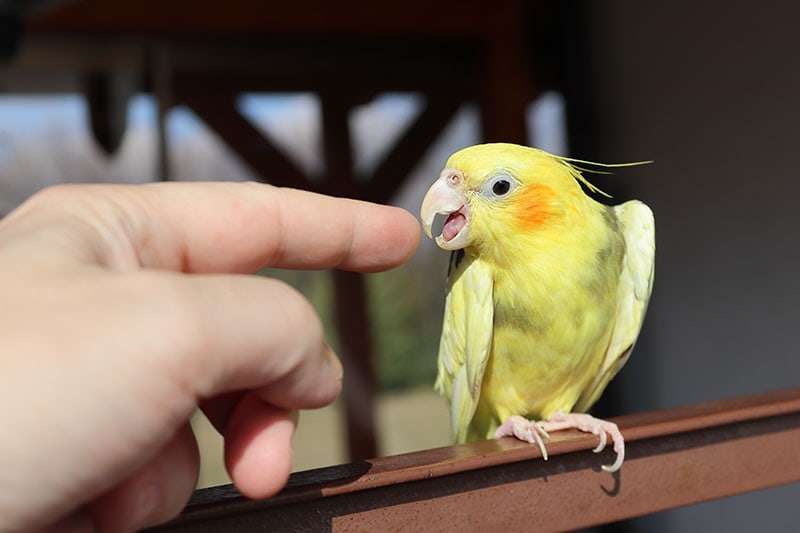

Final Thoughts
People inexperienced with birds might not realize you’re not supposed to touch their beautiful wings for various reasons. It can trigger mating behavior, stress them out, or injure them. To prevent these, always practice safe bird handling techniques.
Featured Image Credit: Jolanta Beinarovica, Shutterstock
